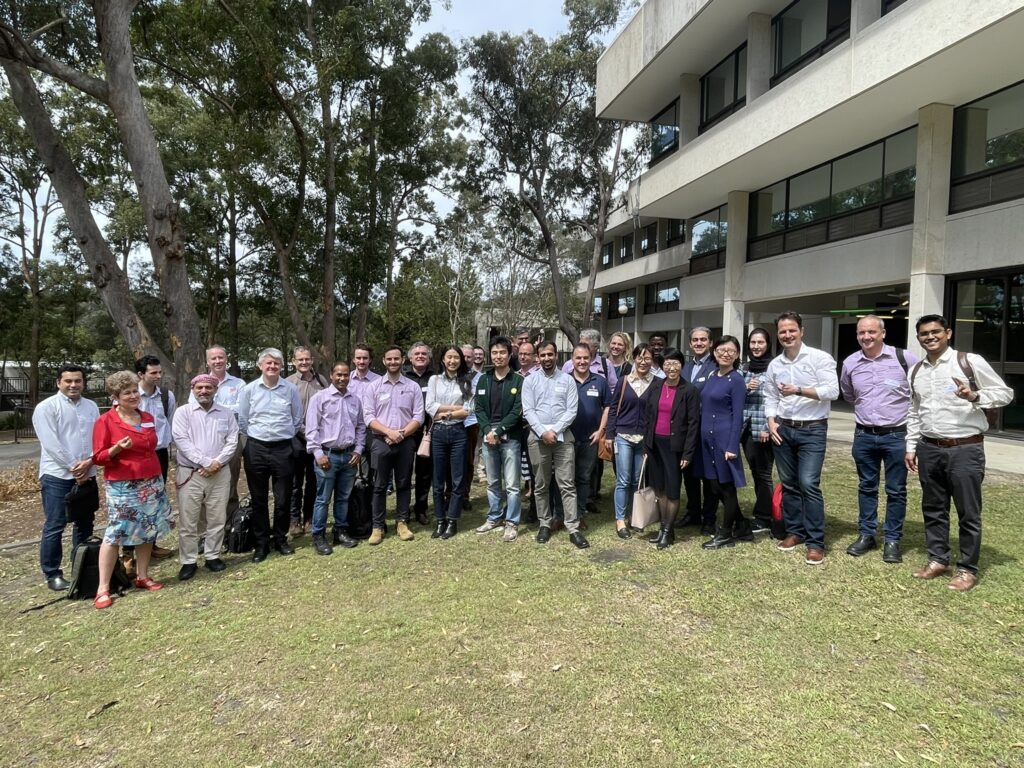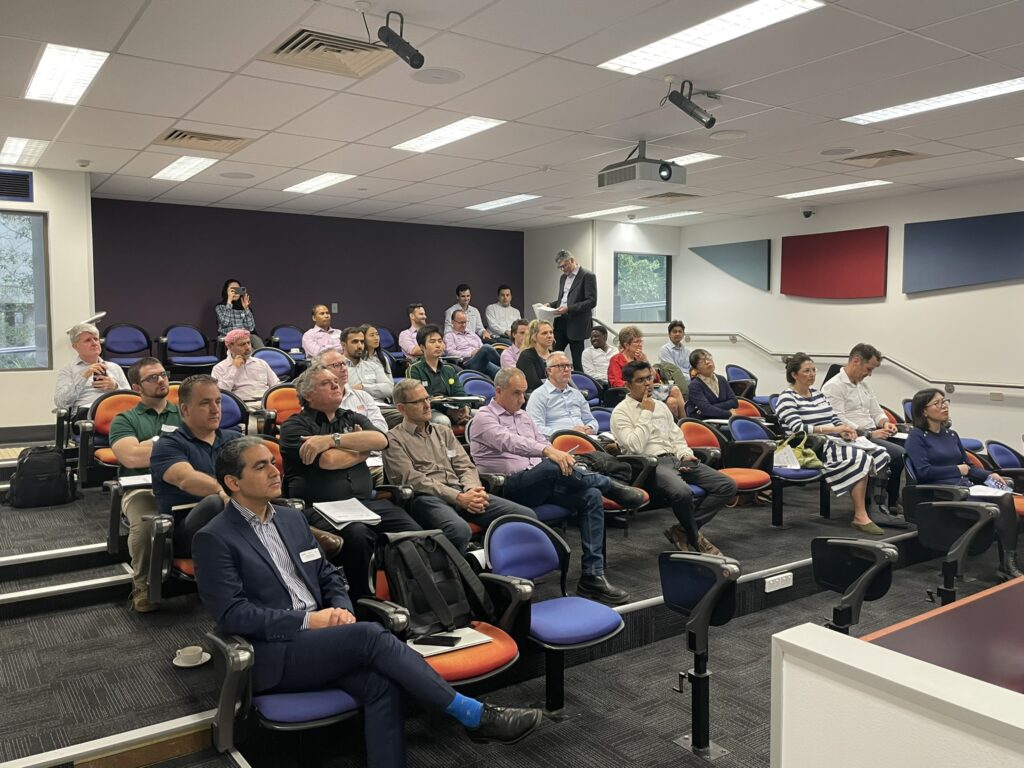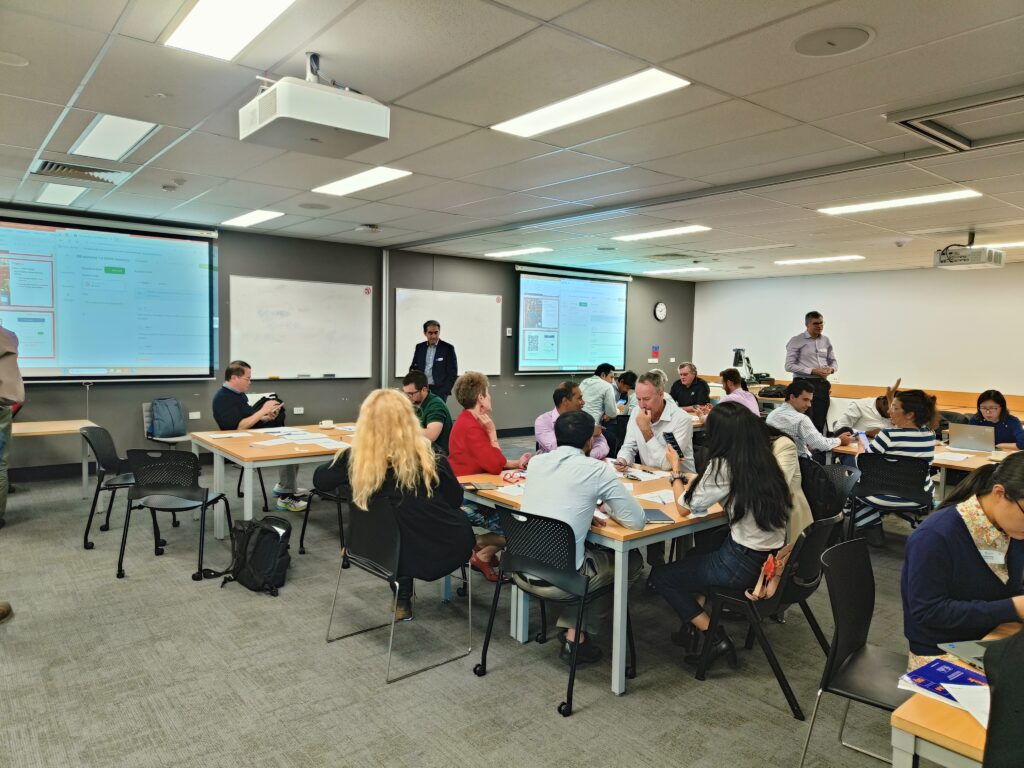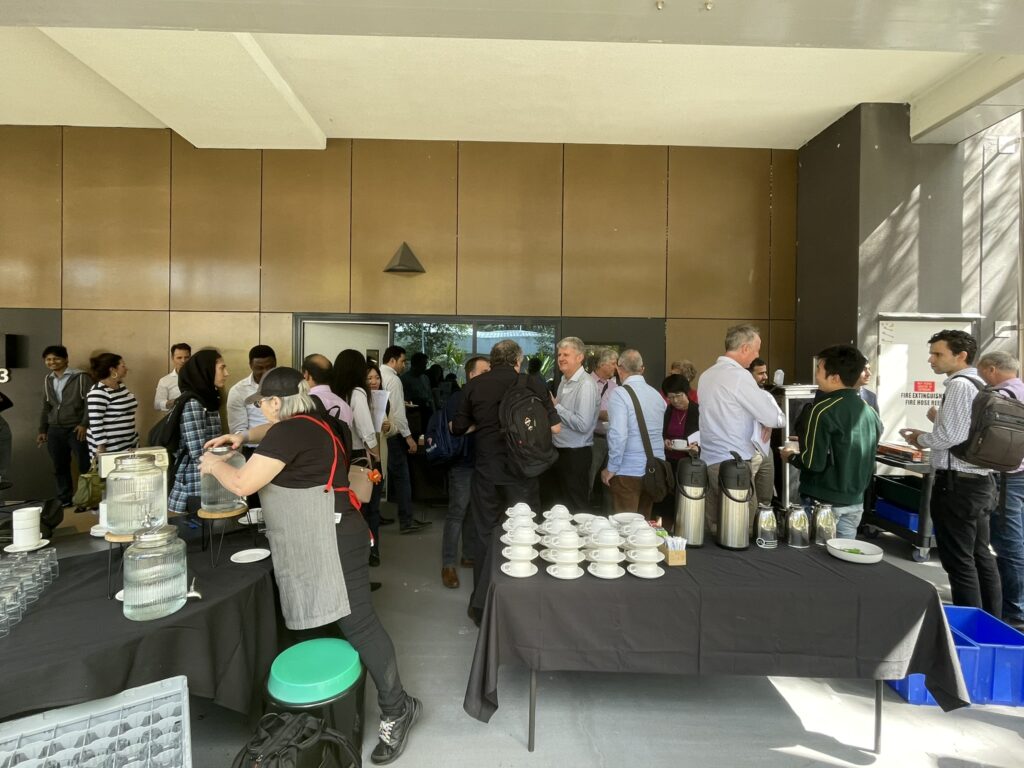Event date: September 13, 2024
The Decarbonising the Building Industry (DBI) workshop, held on [insert date], brought together industry leaders, academics, and policymakers to explore how forests and timber can contribute to a more sustainable future for construction. Through insightful presentations and dynamic roundtable discussions, participants examined cutting-edge strategies and collaborative approaches for reducing the construction sector’s carbon footprint. The event emphasized timber’s critical role in achieving decarbonisation goals and laid the groundwork for future innovations.

The event kicked off with presentations from a range of experts, each showcasing different aspects of the sustainable building landscape. Professor Hong Guan from Griffith University highlighted the importance of timber in Australia’s journey to net zero emissions by 2050, focusing on innovative uses of hybrid timber-steel elements in construction. Dr. Behzad Rismanchi and Professor Tuan Ngo from the University of Melbourne delved into the Decarbonising the Building Industry (DBI) initiative, a collaborative effort aimed at driving innovation through academia-industry partnerships to reduce embodied and operational carbon in construction. Meanwhile, Matt De Jongh from Responsible Wood discussed the importance of forest and chain of custody certification, explaining how it supports sustainable building practices by ensuring responsibly sourced timber.
Additional presentations further emphasized the role of timber in decarbonisation. Simon Dorries, CEO of Responsible Wood, introduced upcoming ISO standards that will allow for more accurate calculations of carbon sequestration in timber, while Bill Leggate from the DAF Forest Product Innovations Group addressed the challenges of timber supply, urging innovation in engineered wood products to meet growing demand. Monica Richter from WWF and MECLA framed the transition to a regenerative economy, where timber can help reduce embodied carbon through supply chain collaborations. Finally, Stephen Mitchell from Environmental Product Declaration Australasia showcased the role of EPDs in providing transparent, standardized data about building materials’ environmental impacts, aiding in better decision-making.
Check out this link for more detail on the presentations

The second half of the workshop shifted gears into dynamic roundtable discussions, where participants explored tangible solutions for decarbonising construction. The first group proposed a unified carbon calculator that integrates into Building Information Modelling (BIM) systems, allowing designers to easily assess the carbon impacts of different materials, including timber. Another group focused on expanding timber certification, suggesting the development of group forest management schemes to simplify the certification process for small landholders, thus boosting the availability of certified wood products.
Discussions around Life Cycle Analysis (LCA) tools highlighted the need for more transparent and consistent methods to measure the embodied and biogenic carbon in timber products. There was consensus that clearer communication of these metrics is necessary for making informed sustainability decisions in construction. A final group explored hybrid construction solutions, proposing greater collaboration between timber, steel, and concrete industries. Hybrid structures that combine timber with concrete or steel in non-structural elements could offer significant carbon savings without sacrificing structural integrity.
Check out this link for more information on the round table discussions.

Key takeaways from the event included the critical importance of collaboration across industries, the need for standardized tools and methodologies for measuring carbon, and the role of government policies in driving market demand for sustainable building materials. Attendees agreed that hybrid solutions and timber certification are essential to scaling up the use of timber in construction, while tools like carbon calculators and EPDs can make sustainable choices more accessible and transparent.
This DBI workshop showcased how timber, when combined with innovative technologies and collaborative approaches, can help decarbonise the construction industry. The event made it clear that achieving net zero in the built environment will require a multi-faceted approach—one that includes timber, hybrid solutions, and supportive policies. By embracing collaboration, certification, and innovation, we can transform the future of construction and help pave the way to a net-zero future.

